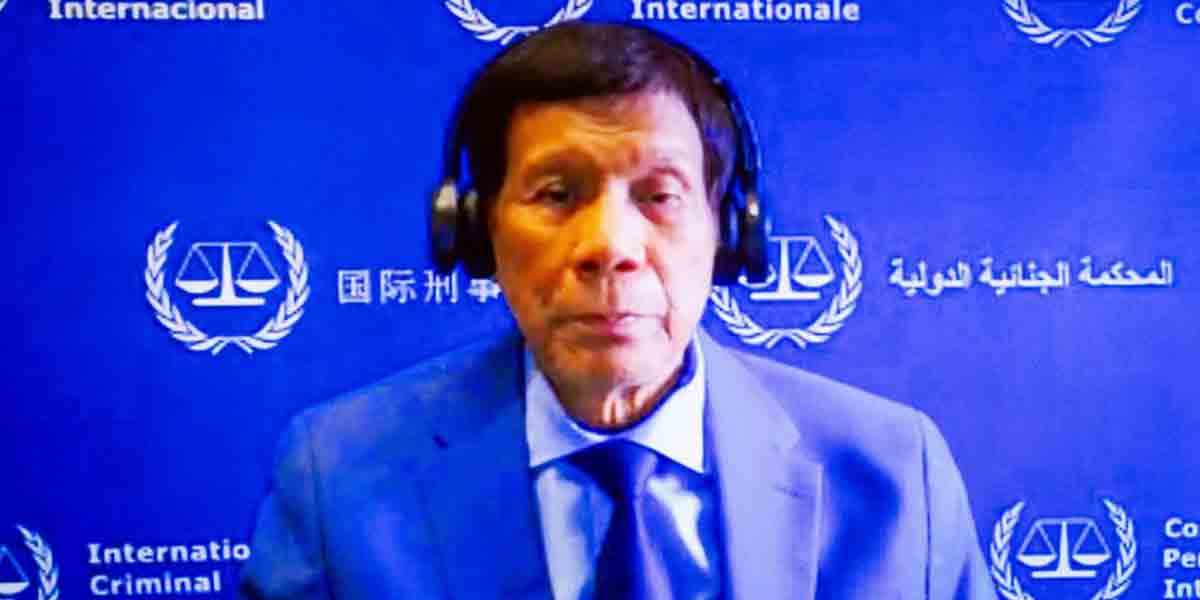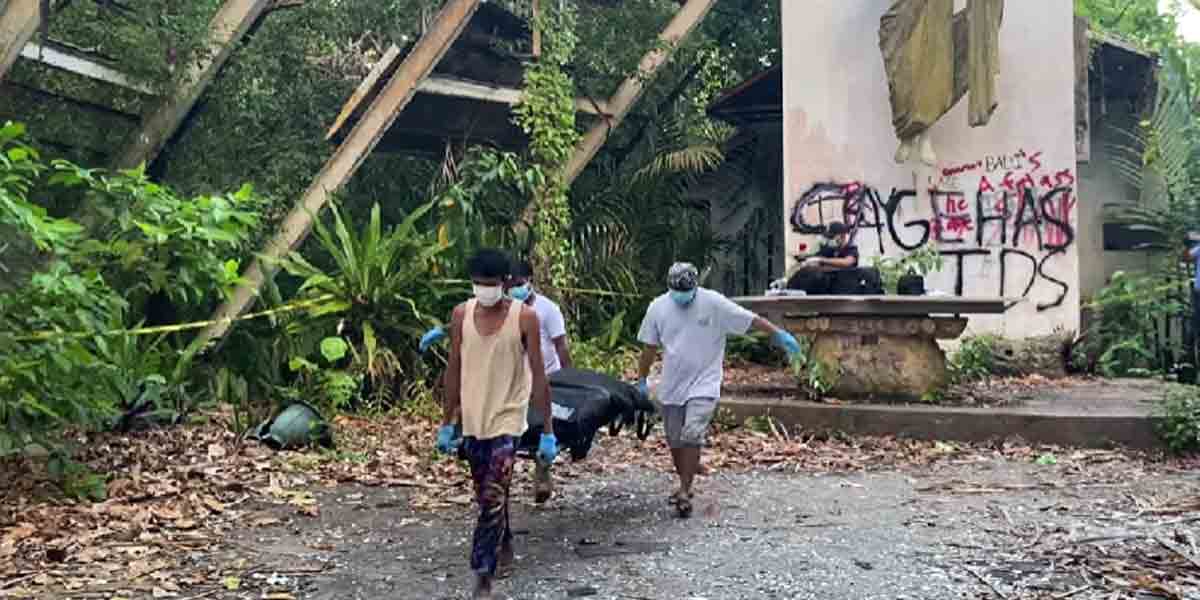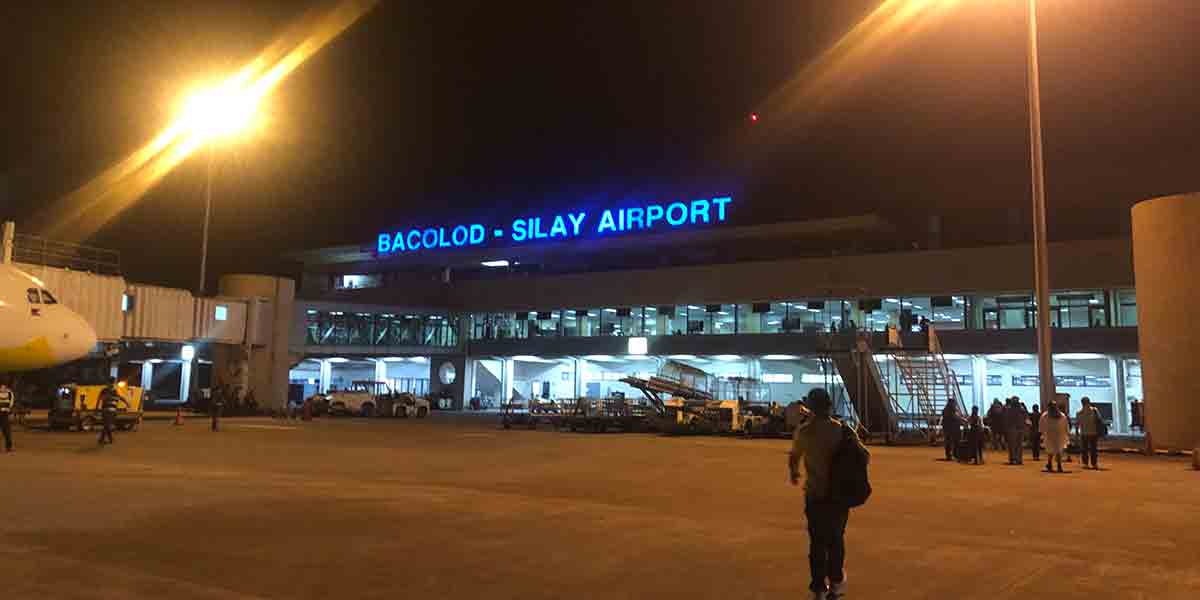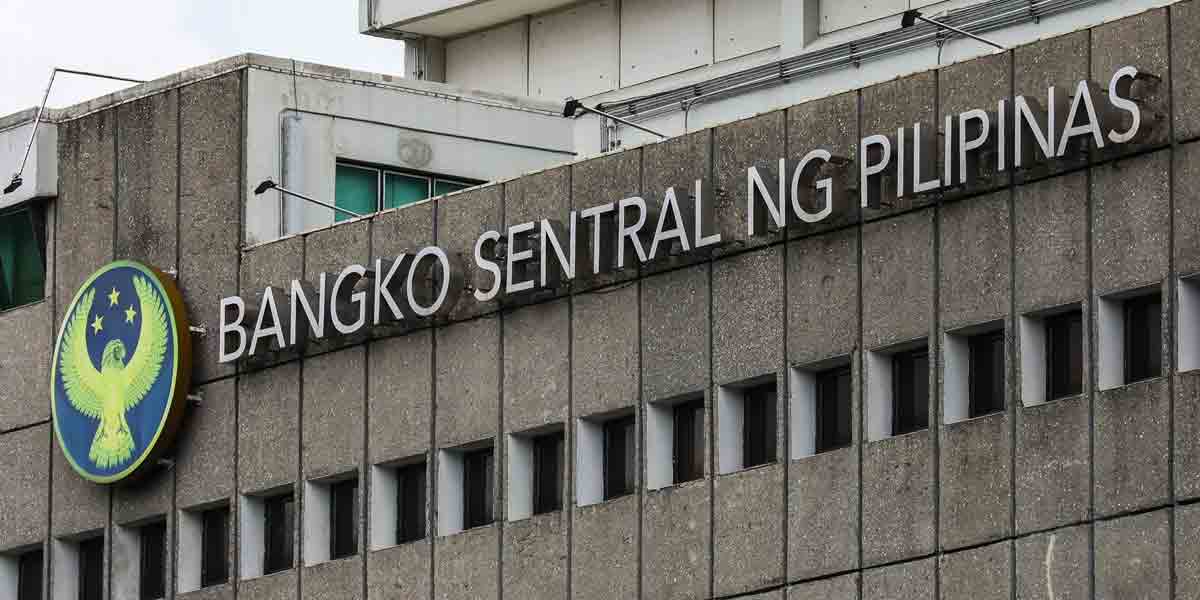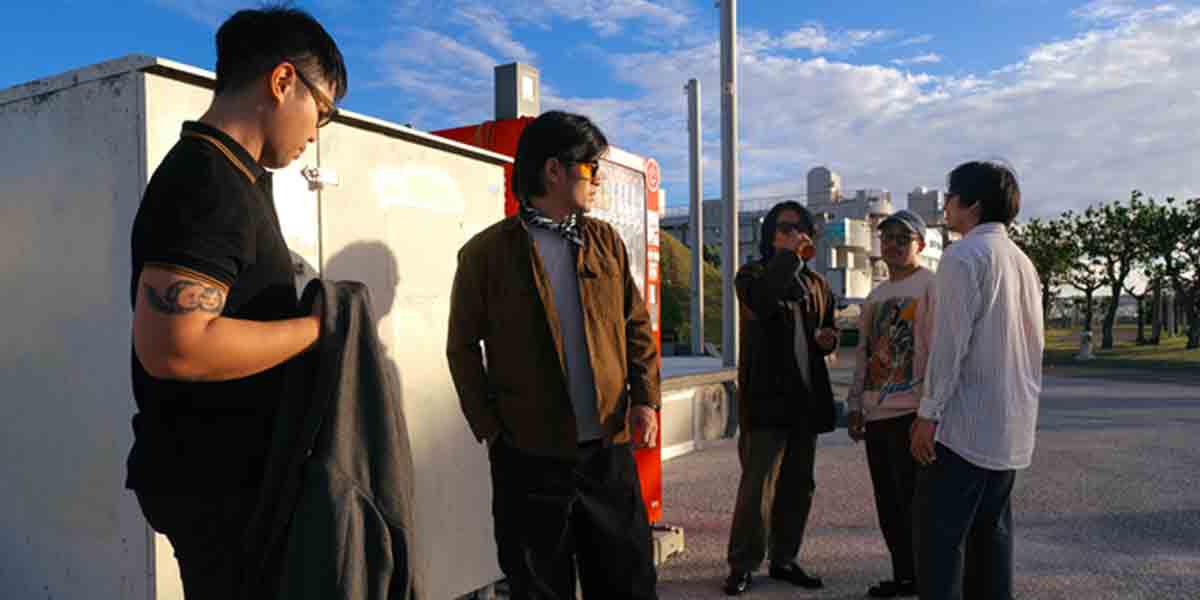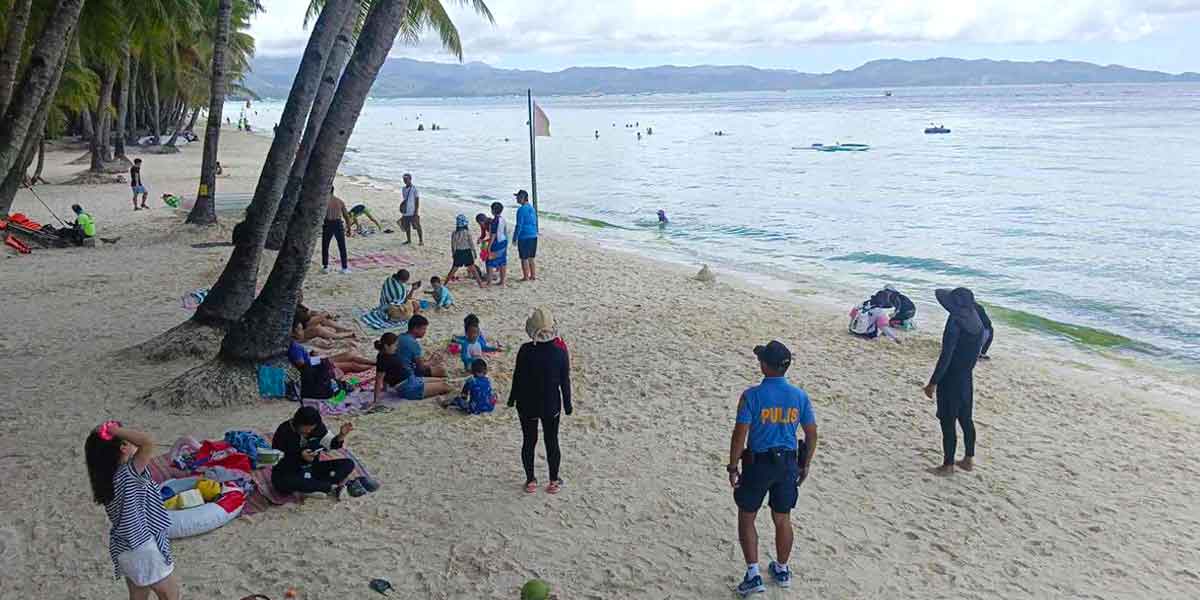
By Joseph B.A. Marzan
Two prominent economists on Tuesday said Iloilo City has become a model for the rest of the Philippines, and will have a more prominent role in the national economy in the future, even as the city has grappled with the brunt of the coronavirus disease 2019 (COVID-19) pandemic.
This was the main topic of the General Membership Meeting of the Iloilo Business Club, which featured University of Asia and the Pacific Vice President Dr. Bernardo Villegas, and transport economist Dr. Robert Siy Jr. as speakers.
Villegas and Siy both praised Iloilo City’s continued efforts to move its economy forward despite the COVID-19 pandemic.
Villegas revealed he has always included Iloilo in his discussions because of its “unique” economic progression.
“I always welcome the opportunity to have contact with my friends and colleagues in Iloilo. In my briefings in the past year or so, I’ve always highlighted the role of Iloilo as a model city for many other cities to emulate,” Villegas said.
Siy mentioned some of the measures being undertaken by Iloilo City in its mobility sector, such as proposed bike lanes and sidewalks, which will attract “young and talented people” to work here.
“I think Iloilo, as a highly-walkable city, also make it attractive as an investment destination, as a tourism destination. Young and talented people like to work in cities with those kinds of features.
MAJOR PLAYER
Villegas said that Iloilo may overtake Metro Manila as the center of trade and industrialization, citing a previous study by the United States Agency for International Development which cited Iloilo along with Batangas province and Cagayan de Oro City.
“In about 10 years, USAID named areas that will take the place of Manila. In Luzon, it was Batangas, in the Visayas, your own Iloilo, and in Mindanao, Cagayan De Oro. Batangas and Iloilo have fulfilled the promise,” he said.
He also cited a Philippine Statistics Authority (PSA) infographic showing Western Visayas as one of the slowest-growing regions between 2017 and 2018, but still above the National Capital Region’s rate.
Western Visayas posted a 6.1 percent of growth, while NCR only had 4.6 percent.
Villegas added that this was because of Iloilo’s neighbors, particularly Negros Occidental due to its “over-dependence” on sugar.
“National Capital Region is one of the slowest-growing regions in the Philippines, growing only faster than CARAGA. Western Visayas is actually being brought down by your neighbors. Unfortunately, some of your neighboring (regions) in Western Visayas still don’t match your attractiveness. Negros Occidental is definitely not contributing to growth. It’s still too dependent on sugar, and sugar is a very problematic problem right now,” he said.
Villegas says that there will be more bad news for the country amid the pandemic.
“We are going to probably have some more bad news like the 16.5 percent drop in GDP in the second quarter. That’s not going to be the end of the devastating economic information that we’re getting. Because everything depends on the coronavirus, and there is no way of saying whether we have [more] waves as we’re beginning to see even in some of the most successful economies, like South Korea, Singapore, and Hong Kong. There is no way we can say what will happen in the next 12 to 18 months,” he said.
Despite the economic effects of the pandemic, international economists are still optimistic about the Philippines’ future within the next 5 to 10 years in five key areas such as food and agribusiness, digital industries, health and wellness, and skills training.
This optimism, according to Villegas, was mainly due to three reasons: demographic dividend, geographic dividend, and institutional reform.
The Philippines is included in the Next 11 Emerging Engines of Growth based on data of estimates by the International Monetary Fund and the World Economic Outlook Database in 2019.
The country is also second in Oxford Economics Institute’s 2019 list of Ten Leading Emerging Markets that will Dominate the Global Economy in the Next Decade, next only to India and ahead of fourth-place China.
In terms of financial strength, the Philippines ranks sixth as an emerging economy according to The Economist as of May 2020.
PUBLIC TRANSPORT
Siy advocated for a different approach to public transport in the country, not only during the pandemic, but also for the longer term.
He said there has been a decline in big and small cities in terms of “commuter-friendliness”, adding that the pandemic has offered an opportunity to review the country’s public transportation system.
“Big and small cities have seen a progressive decline, a progressive hardship of commuters, and if there is a silver lining in COVID-19, it’s really highlighted the many deficiencies that we have in our public transport policies and institutions, and gives us also a window of opportunity, for all of us, national government, local government, and all of us in civil society to make a big change and big transformation,” Siy said.
He also added that the country’s public transportation system has been disorganized for many decades due to the lack of an appropriate transport business model.
“One thing which I think we have been living with for many, many decades is an inappropriate business model for how we organize public transport. Many of us hear about the ‘boundary system’. We also have a situation where our public transport supply is dependent on individual initiative and individual decisions of so many independent public transport providers, many of which are competing with each other, and many of them are working longer hours, which is not safe,” he said.
Siy said that more cars cause more traffic problems and that more roads do not answer these problems, and that public transport, walking, and cycling should be pushed as more ideal solutions to the problems.
“We need to think of making public transport, walking, and biking, as the preferred options for a person’s daily travel even if they own a car or motorcycle. This is the sustainable solution globally. These are what we should be going for as a society and this is really how we can cure our public transport and mobility problems,” he said.
Siy also suggested a performance-based service contracting model, which can be monitored through technology.

